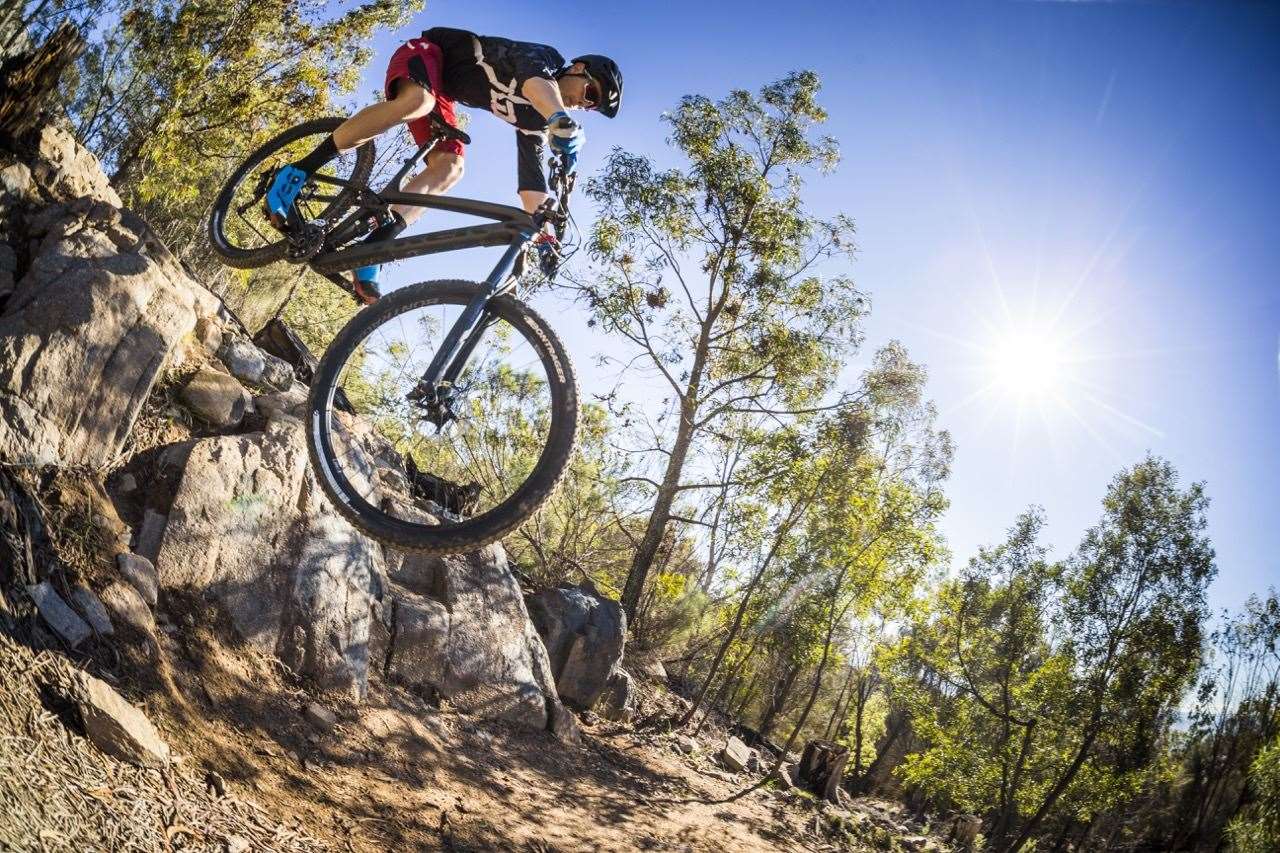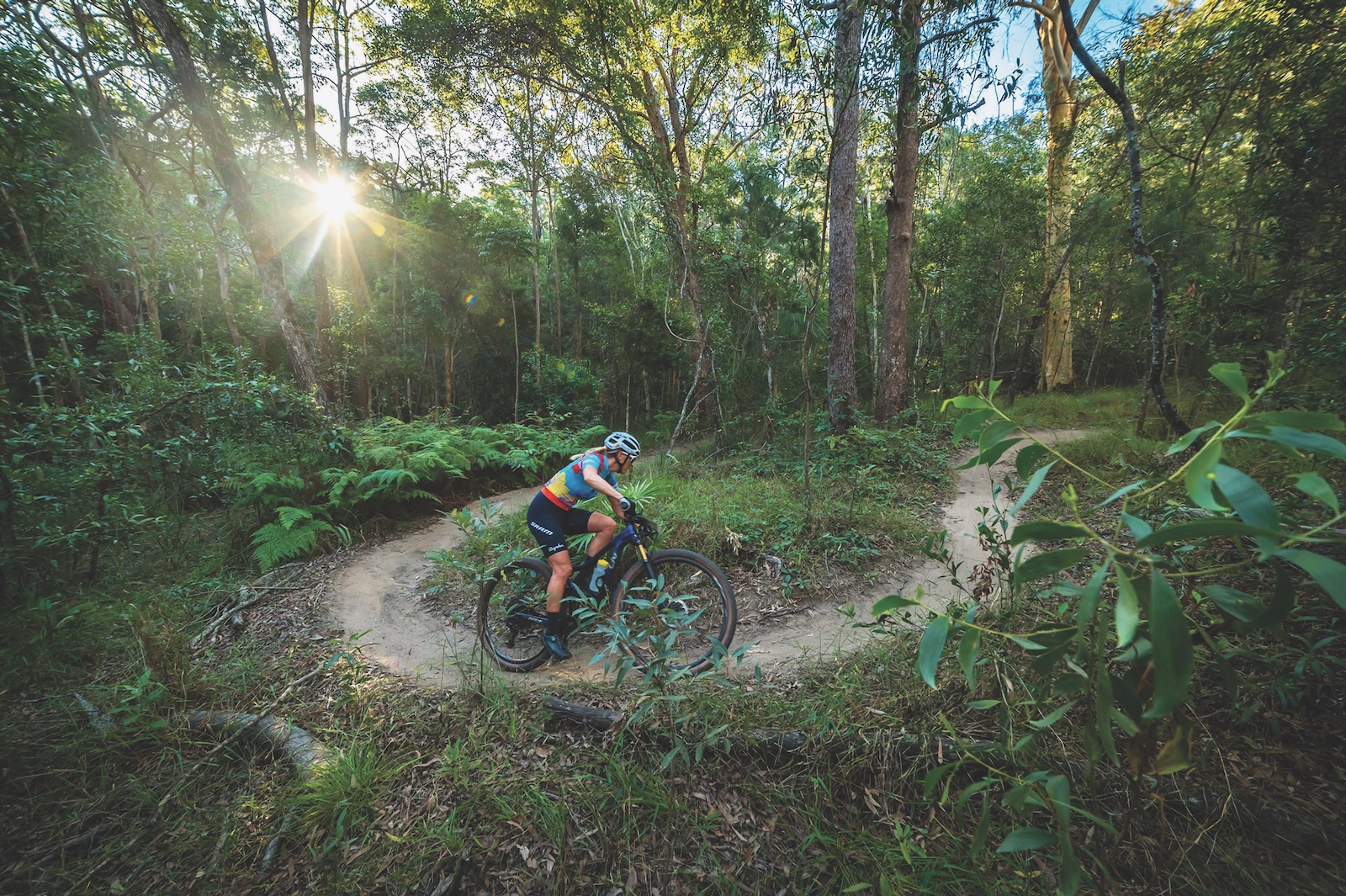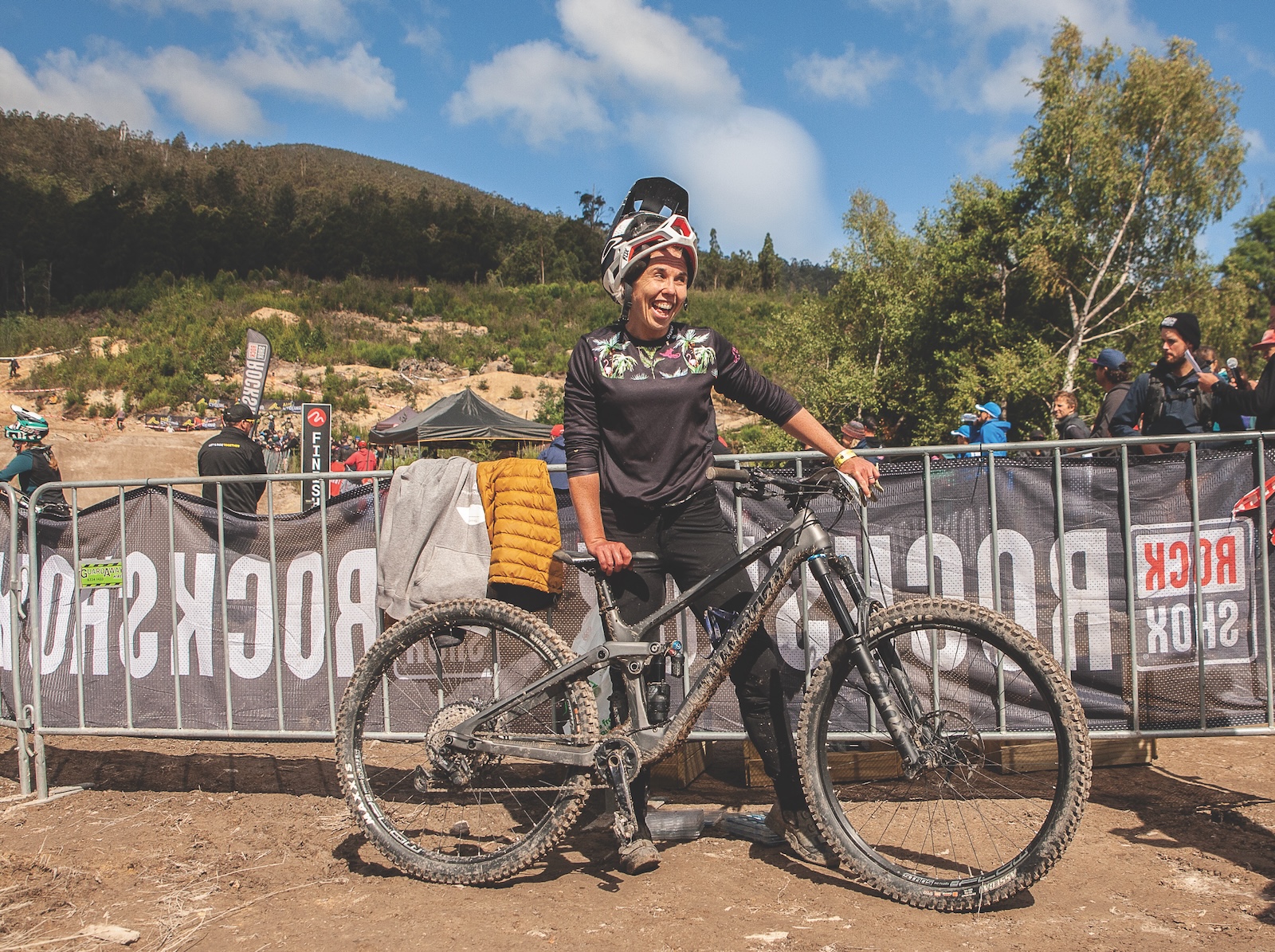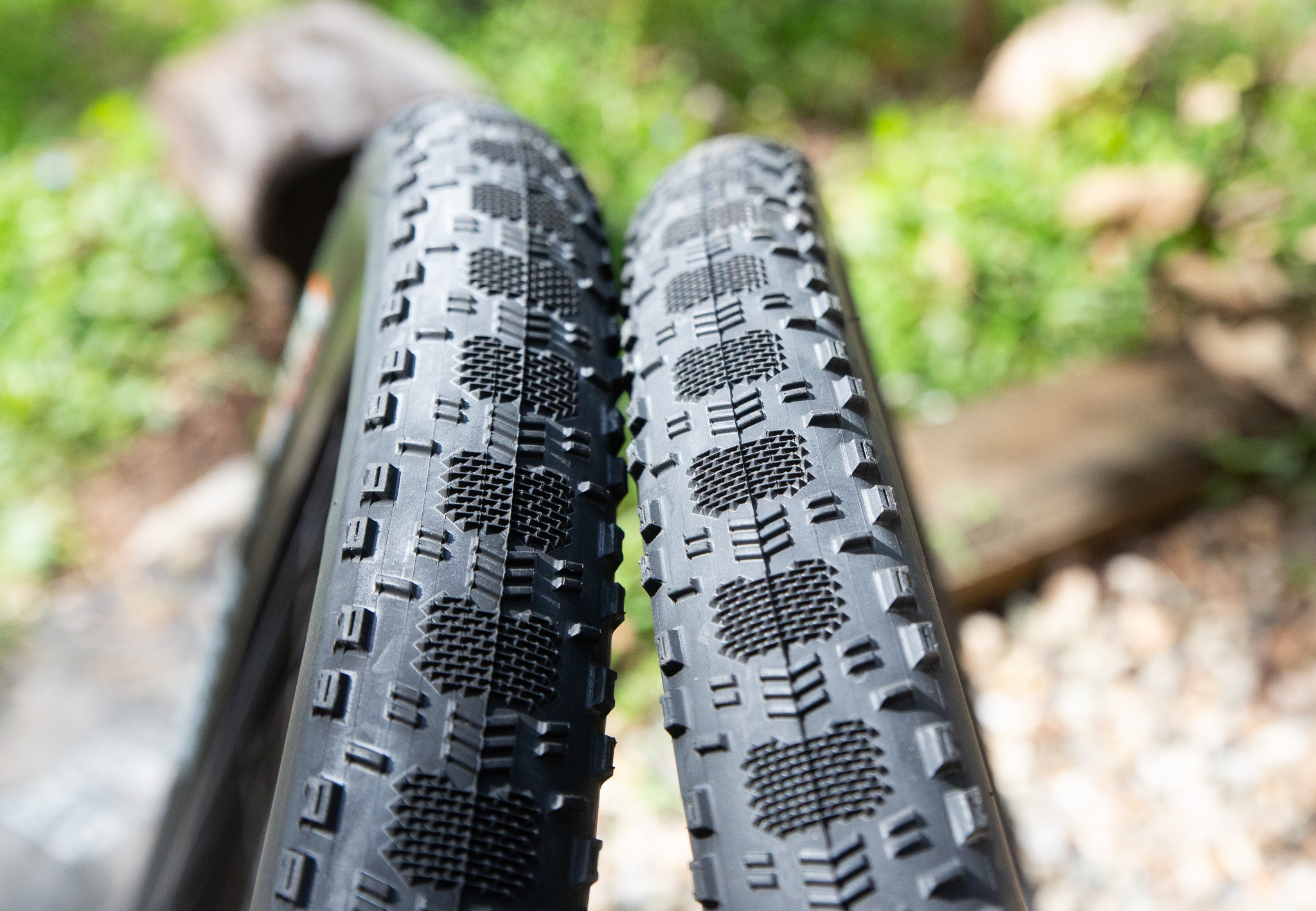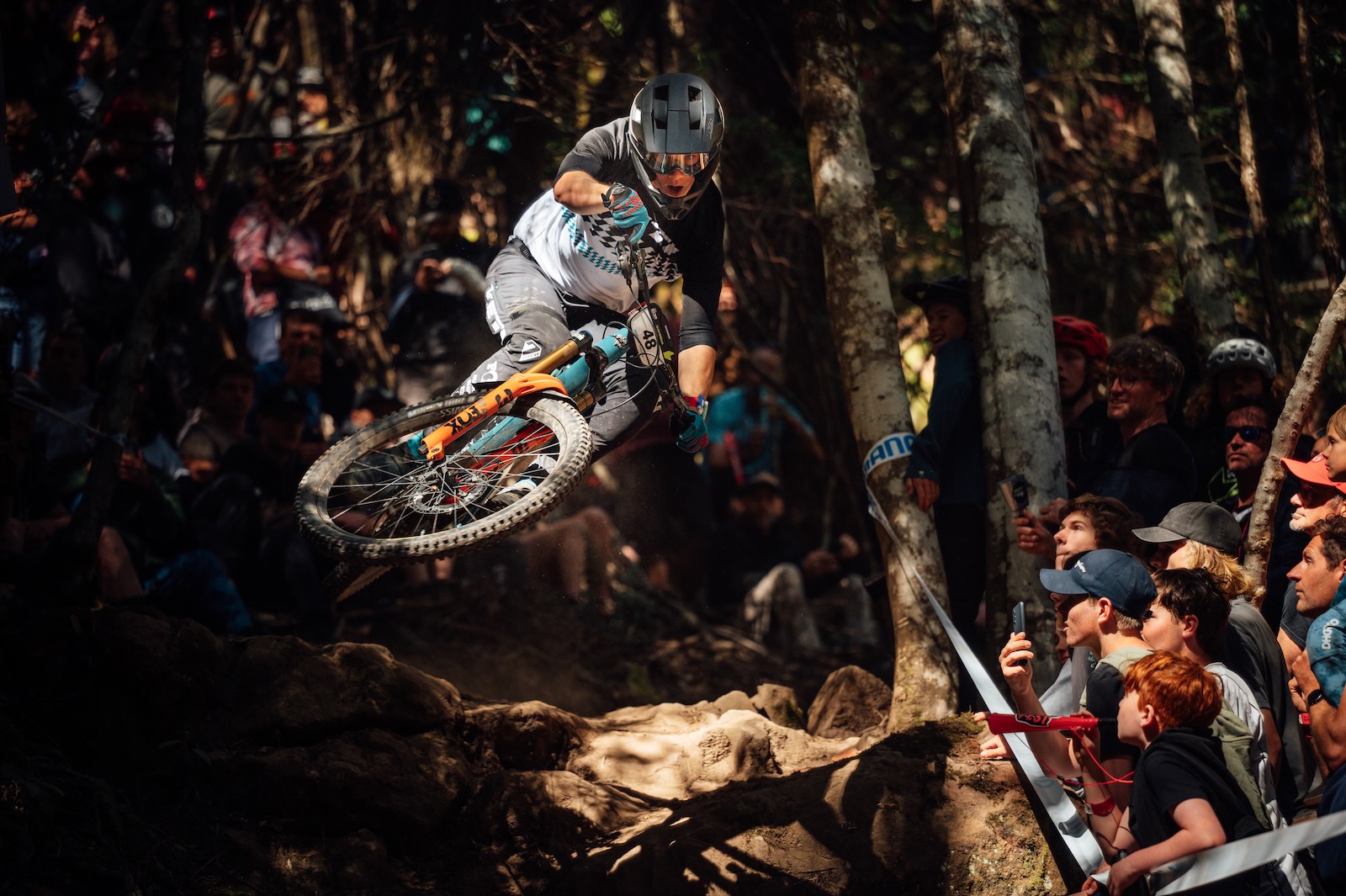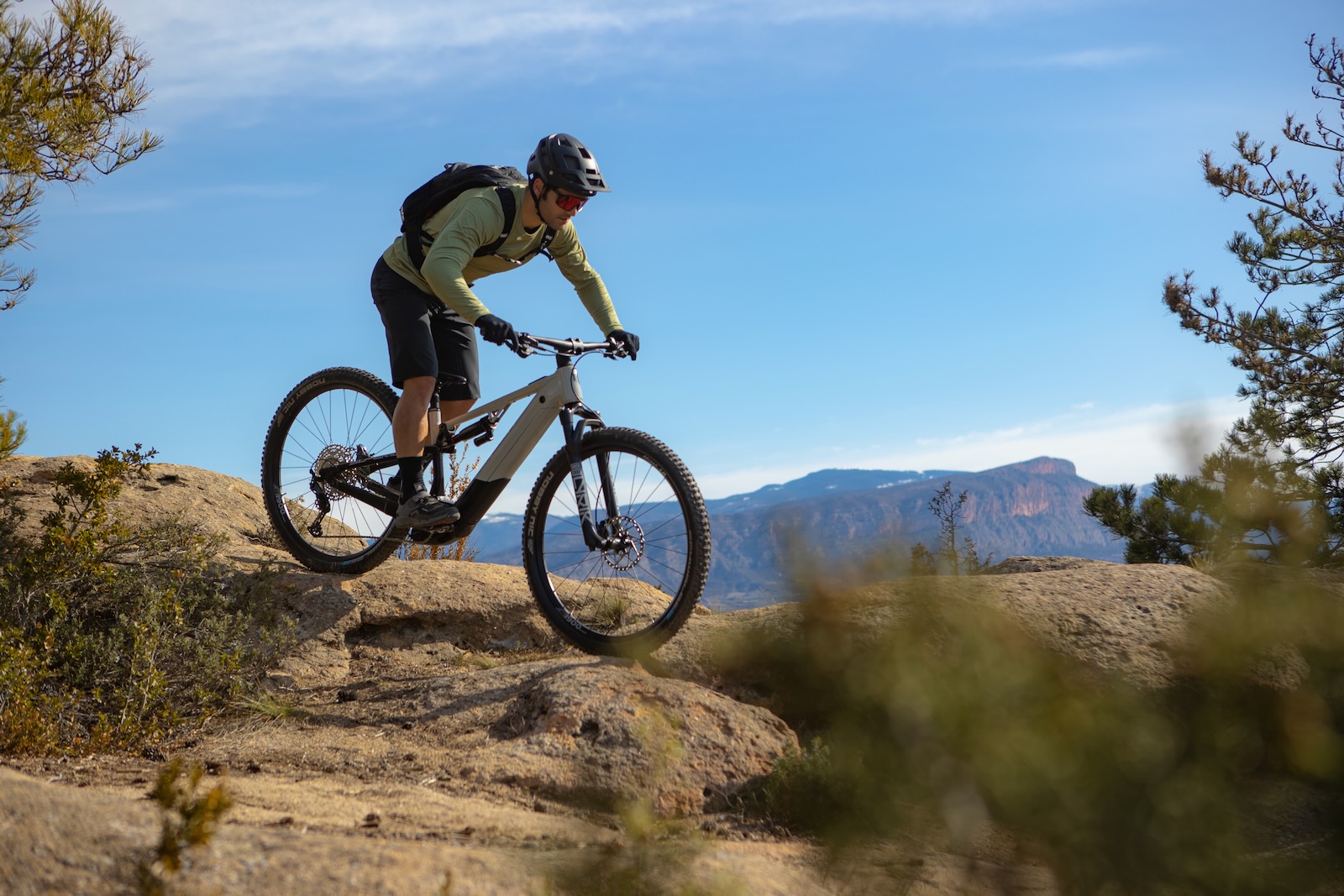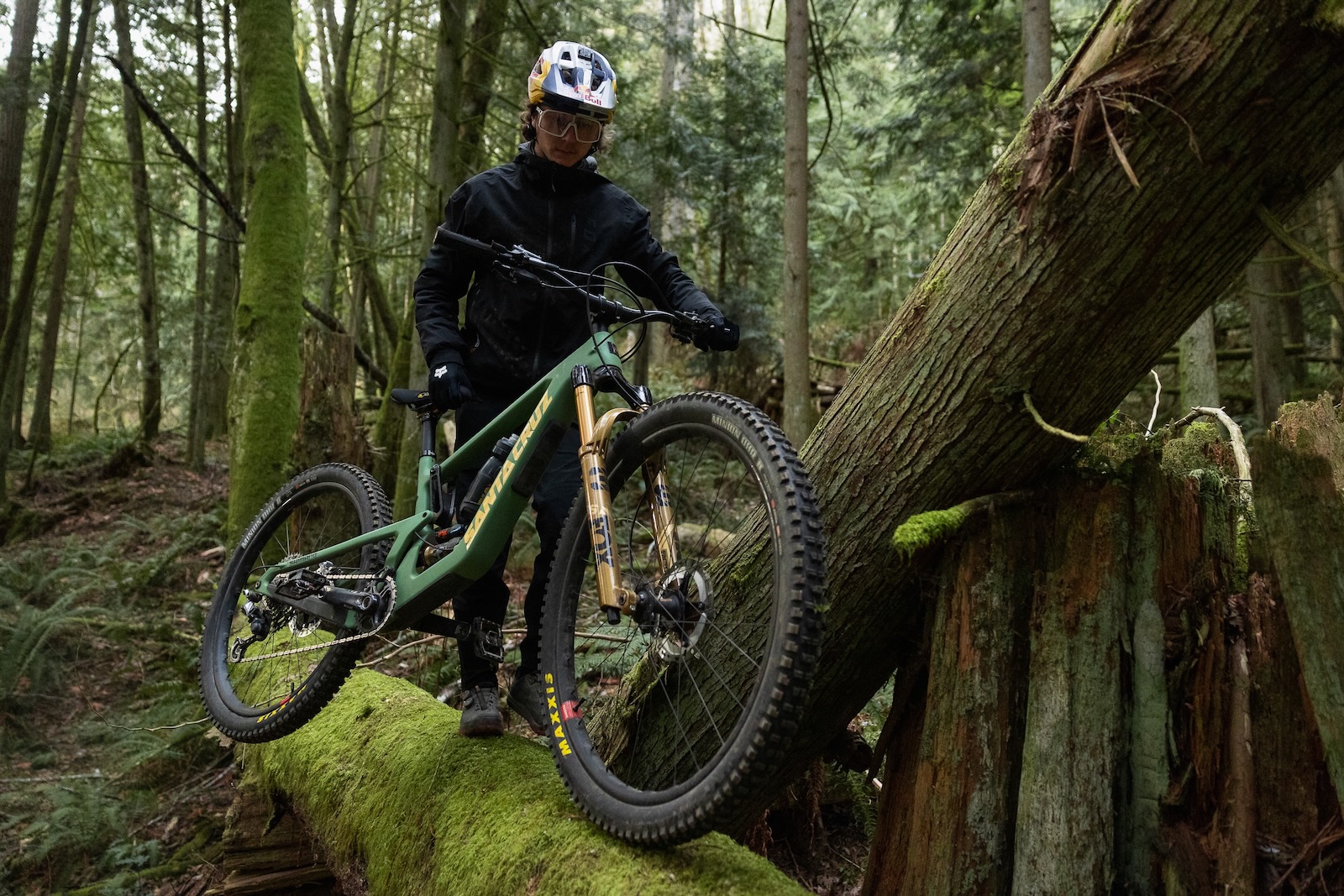FIRST LOOK: The new Trek Fuel EX
We have tested some fantastic new bikes from Trek in the past 18 months.
We have tested some fantastic new bikes from Trek in the past 18 months. Most notably, the Top Fuel and Procaliber can easily be called class-leaders, and our testers were well-impressed by the Fuel EX 29 trail bike that we took across the ditch to New Zealand last year. Few bikes are perfect, and the Fuel EX had a couple of points that stopped it being a trail bike fit for a king – or queen. Trek have recently released a new Fuel EX, as well as a new Remedy. We’ve had some time on the Fuel EX and are still putting it through its paces ahead of a full review for a coming issue.
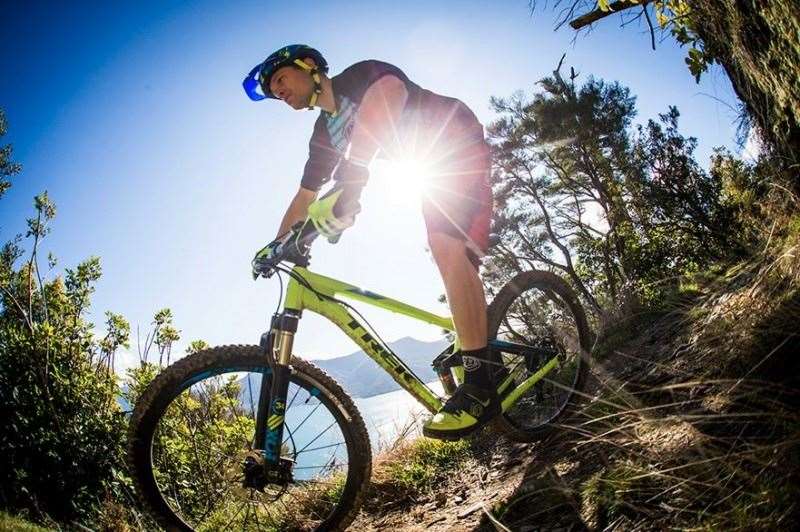 The Fuel EX we tested last year was awesome. But Trek have made further improvements to their popular trail bike. Photo: Tim Bardsley-Smith
The Fuel EX we tested last year was awesome. But Trek have made further improvements to their popular trail bike. Photo: Tim Bardsley-SmithChanges to to Trek Fuel EX
Well there are a few changes. Travel has been bumped up from 120mm to 130mm, with the geometry slackened out for better stability at high speeds. Last year, we found that even with the MinoLink in the slacker position we wanted it a little more relaxed. Trek have responded to that, which makes the feature a useful addition, not just a way to fix the bike in a preferred position.
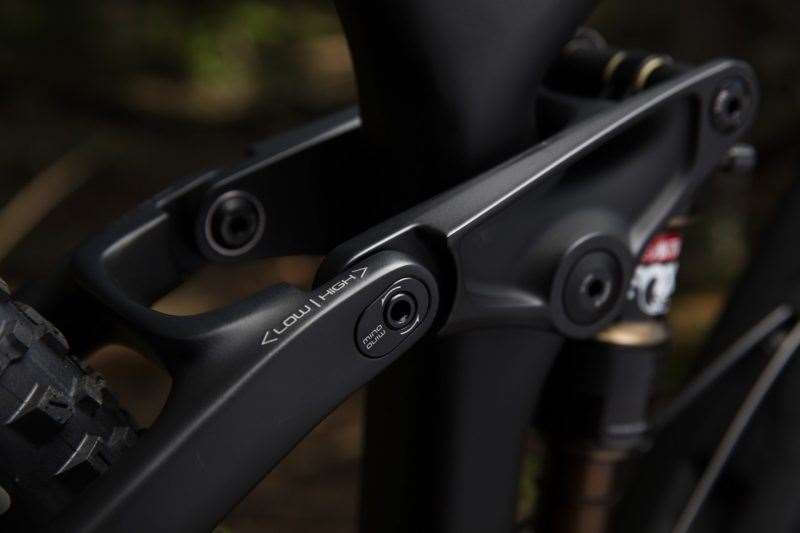 The MinoLink is much more functional with the geometry revision.
The MinoLink is much more functional with the geometry revision.While we tested a 29″ Fuel EX last year, there is no longer a 27.5″ version. Ok that’s not entirely true. There is a 27.5″ Plus version, and those wheels will run in the 29″ frame, thanks to the Boost spacing and frame design. 27.5″ Plus may well end up the trail wheel and tyre setup of choice – and by the looks of it 2017 is the start of that trend moving to the masses.
The frames are long, reaching out to over 630mm with our 19.5″ (Large) test bike. The head angle is super-slack at 67 degrees, but thanks to the short stem and 51mm offset fork the steering is still precise when needed. Of course, riding with the MinoLink set ‘High’ you will steepen the head angle by 0.7 degrees, shorten the chainstays (by 1mm…) and lift the BB height by 9mm. It’s a very functional set of numbers if you have some distance to cover on the Fuel EX – it will climb a lot better and handle tighter, technical trails on flatter ground a lot better too.
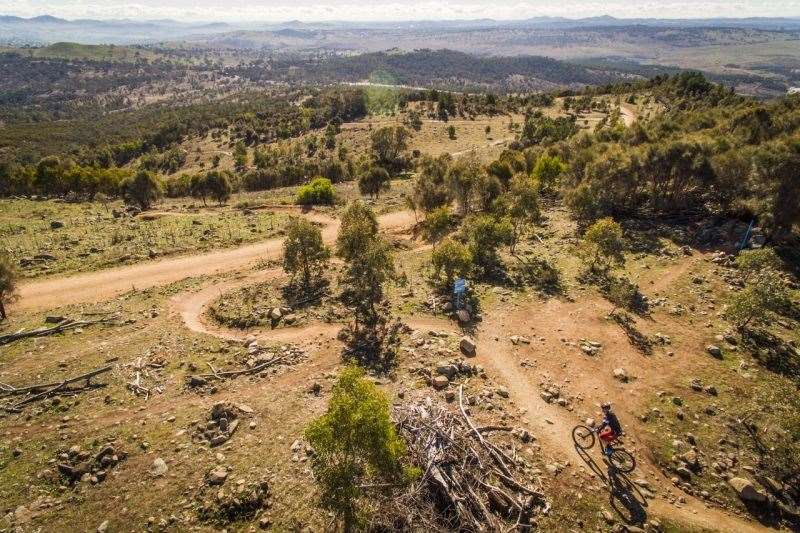
Frame tech on the Fuel EX
As always, there’s more going on than the subtle styling would suggest. Trek’s Control Freak cable routing is an internal routing option that can be customised for 1x, 2x, electronic shifting, remote lock outs, dropper posts… you name it. It secure the cables inside the frame for rattle free riding.
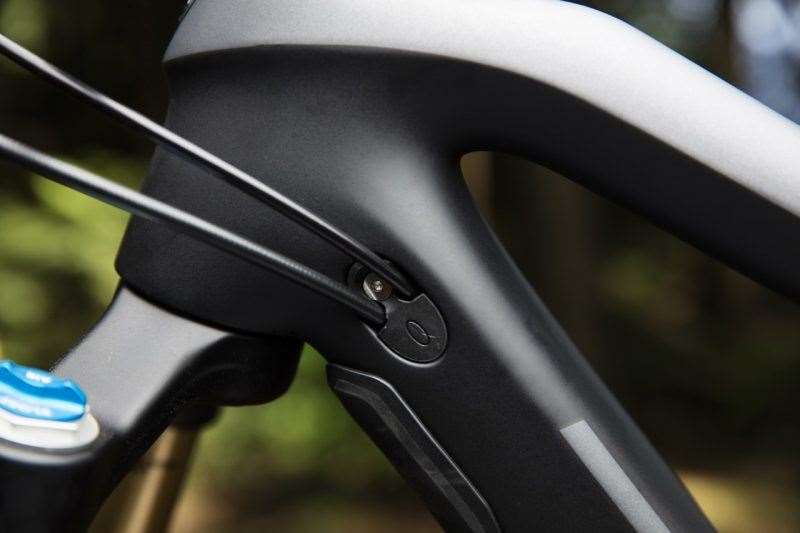 The Control Freak cable entry systems keep everything, and anything, in check.
The Control Freak cable entry systems keep everything, and anything, in check.The frame has also got what Trek call the Knock Block – to prevent the frame from damage from the fork crown. Usually frames are designed to prevent this contact, but if the frame has protection there, it will prevent the bars or shifters hitting the top tube. So it’s an interesting way to work around that problem.
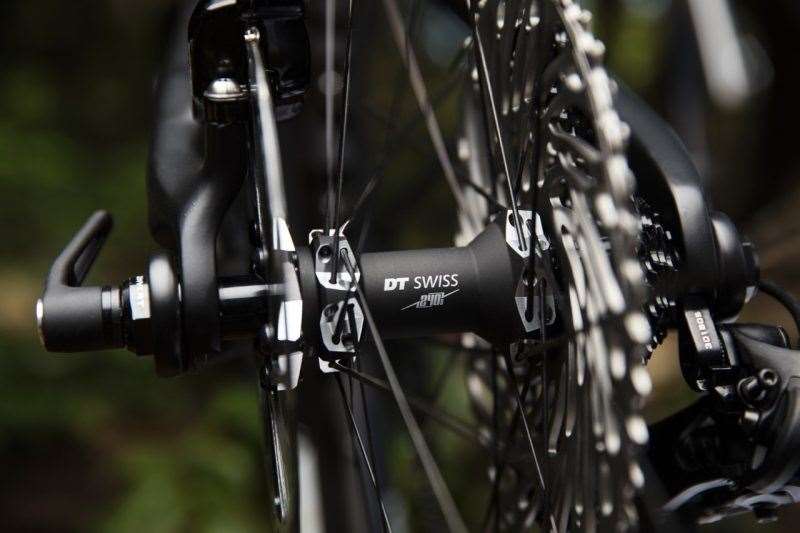 Still Boost. Still stiff.
Still Boost. Still stiff.First rides on the Fuel EX
You know that feeling when you get on your own bike, after riding someone else’s? Where everything feels right? That’s what it’s like getting onto the Fuel EX. It was really similar for the Top Fuel as well, for an XC bike.
 (c) Tim Bardsley-Smith
(c) Tim Bardsley-SmithThe geometry changes have really broadened the performance window for the Fuel EX too. It’s stable and stiff enough to line up at a gravity enduro race – but still ready to go for an all-day ride in the hills. Both are functional positions on riding so far, letting you get the most out of the suspension, the bike, and yourself.
Don’t miss our full review in Issue 156.
Reviewing the full Fuel EX range
The Fuel EX 9.8 we have on test is the second from the top, but there’s a whole range of alloy options, and of course the Plus options. All the bikes are 29″ specific, except for the Plus models which are obviously 27.5″ Plus.
The range starts at $2999 for the Fuel EX 5, 5 Plus and 5 WSD. The Alpha Aluminium frame has a RockShox Sektor fork and Deluxe RL rear shock. Wheels are standard but reliable, with wider rims for the Plus along with 2.8″ not 2.3″ tyres. A 2×10 group set with RaceFace cranks and Shimano Deorekeeps the bikes moving, and Shimano M315 brakes make them stop. There’s no dropper post on these models but it’s an easy upgrade down the line.
The Fuel EX 7 gets a suspension upgrade to a RockShox Revelation fork and a Fox EVOL shock, plus some SLX into the drivetrain, along with Bontrager Duster Elite wheels, which are Tubeless Ready – and there’s a KS dropper post in the frame too. All these upgrades for just $500 over the 5 – that’s good value.
The EX 8, 8 WSD and 8 Plus keep an aluminium frame, but gain a Fox Rhythm 34 Float, and Fox Float Performance EVOl shock with Re:Aktiv damper. Wheels are Duster Elite, or a Sun-Ringle setup for the Plus model. Wheels and tyres are Tubeless Ready. The Plus model uses a SRAM GX 1×11 setup while the other two use XT 2×11 – so there’s as distinct choice there. Shimano Deore brakes pull each model up and a KS Integra dropper looks after seat post duties. For about $4300, your true investment here is suspension and drivetrain, especially with the move to a Re:Aktiv rear damper.
The Fuel EX 9 gets Fox Performance Float suspension front and rear, still on the alloy frame. The Line Comp 30 wheels are wide and tubeless ready, and SRAM take care of shifting with a GX/X01 setup, and stop you with Guide RS brakes. Bontrager’s Drop Line post in a 125mm drop comes in at this point. This is a lot of performance on an alloy frame for about $5200.
The 9.8 is the bike we have on test, and for close to $6300 for the 9.8, 9.8 WSD and 9.8 Plus, you get Fox Performance suspension (with 140mm travel on the Plus model), XT 2×11 group sets, carbon bars, and Bontrager Drop Line posts. Of note the Plus bike uses a Reverb, and also a DT 350/Sun Duroc wheel combo instead of a Bontrager setup.
The 9.9 is top the the pile, and the same carbon frame remains, with a shift to Fox Factory suspension, DT XMC1200 carbon wheels, X01 Eagle 12 speed, Guide Ultimate brakes and a Bontrager Drop Line post. This is a lot of bike for $9999.99 – and is setting an excellent bench mark for high-end trail bike value for 2017.
Fuel EX 9.9 $9,999
Fuel EX 9.8 $6,299
Fuel EX 9.8 WSD $6,299
Fuel EX 9 $5,199
Fuel EX 8 $4,299
Fuel EX 8 WSD $4,299
Fuel EX 7 $3,499
Fuel EX 5 $2,999
Want more details? Get in touch with your local Trek dealer.

